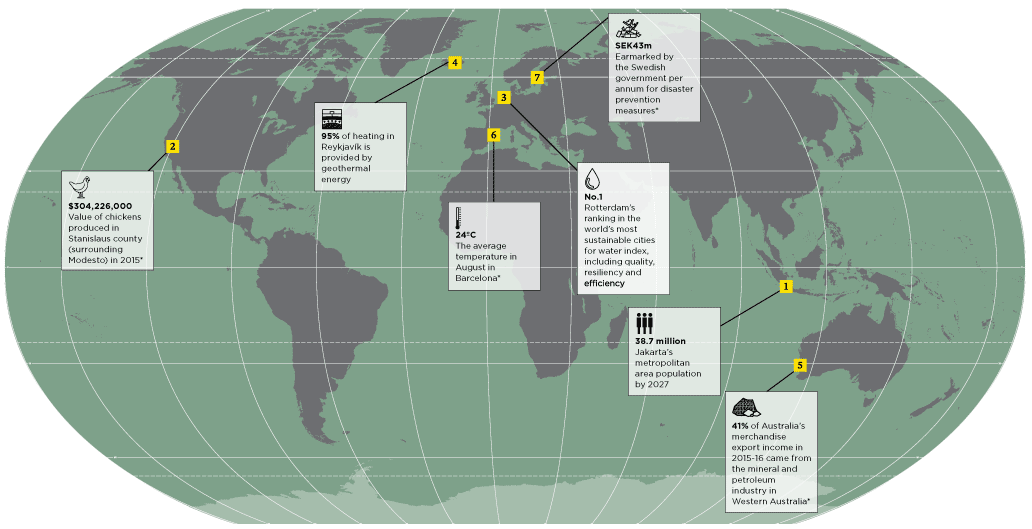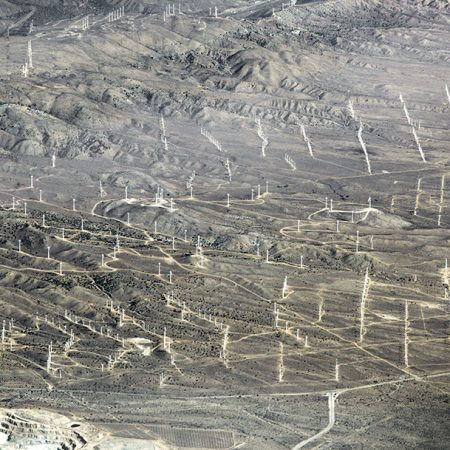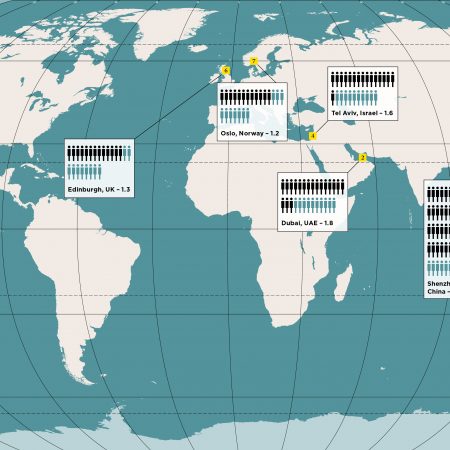Proximity to mineral deposits, fertile farmland or secure water supplies puts a city ahead of the game. Here, we highlight seven cities which each illustrate a particular type of natural advantage.
1. Human resources
Largest population by 2027: Jakarta, Indonesia
By 2027, Jakarta’s metropolitan area population is expected to reach 38.7 million, overtaking Tokyo to become the world’s largest city metro area. This huge, human resource is diverse, representing over 300 ethnic groups, speaking 200 languages.
2. Food supply
Most food-secure city: Modesto, California, USA
Modesto illustrates the resilience and attractiveness of much of California, a US state with an abundance of natural resources. Modesto’s economy is largely based on agriculture. It is home to one of the world’s largest wine producers. Almonds, milk, cattle, chicken and walnuts are just a few of the other commodities produced.
3. Water
Water sustainability: Rotterdam, Netherlands
Arcadis’s Sustainable Cities Water Index rates Rotterdam as the top city worldwide. Rotterdam is also a knowledge centre, sharing its implemented solutions with other cities in the ‘Connecting Delta Cities’ programme. It has one of the highest water reserves in the world and is working on large-scale reuse of industrial wastewater.
4. Renewable energy
Sustainable cities: Reykjavík, Iceland
Reykjavík is the global centre for renewable energy research, and the city actively implements a number of solutions. Geothermal heating is responsible for around 95% of heating in the city and hydroelectricity provides all its electricity. Reykjavík aims to become completely fossil-fuel free by 2050.
5. Mineral resources
Mining economies: Perth, Australia
Australia is home to an abundance of mineral resources, including coal, iron ore, timber and copper. Many of these are located in Western Australia, of which Perth is the capital. The city’s economy is tied to the performance of the sector and home to the majority of Australia’s global oil and gas company headquarters.
6. Climate
Favourable temperature: Barcelona, Spain
Mediterranean climates, such as the one Barcelona enjoys, are thought to be those most amenable to human habitat. As a major tourist destination and economic centre, like Cape Town, Los Angeles and Tel Aviv, Barcelona combines high-quality living conditions with a commensurate working, playing and visiting environment.
7. Natural disasters
Low disaster risk: Stockholm, Sweden
Located away from earthquakes, droughts, famines, volcanoes, tornados and other global hazards, Stockholm is a city resilient to natural disasters. ‘Only’ $2 billion of GDP is at risk until 2025, according to the Lloyd’s City Risk Index. This innovative city offers residents a high quality of life and an enviable work-life balance.
*Additional sources: Stanislaus County Agricultural Report 2015; www.aemet.es; Swedish Civil Contingencies Agency – The MSB’s work related to natural disasters; Government of Western Australia Department of Mines and Petroleum Statistics Digest 2015-16




